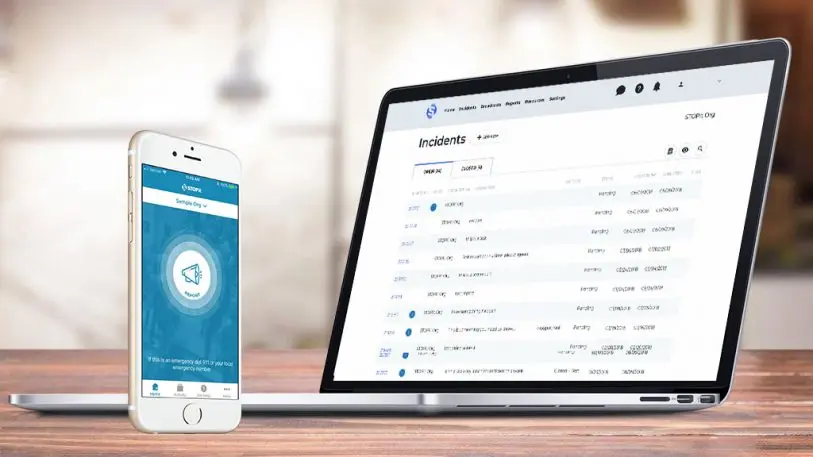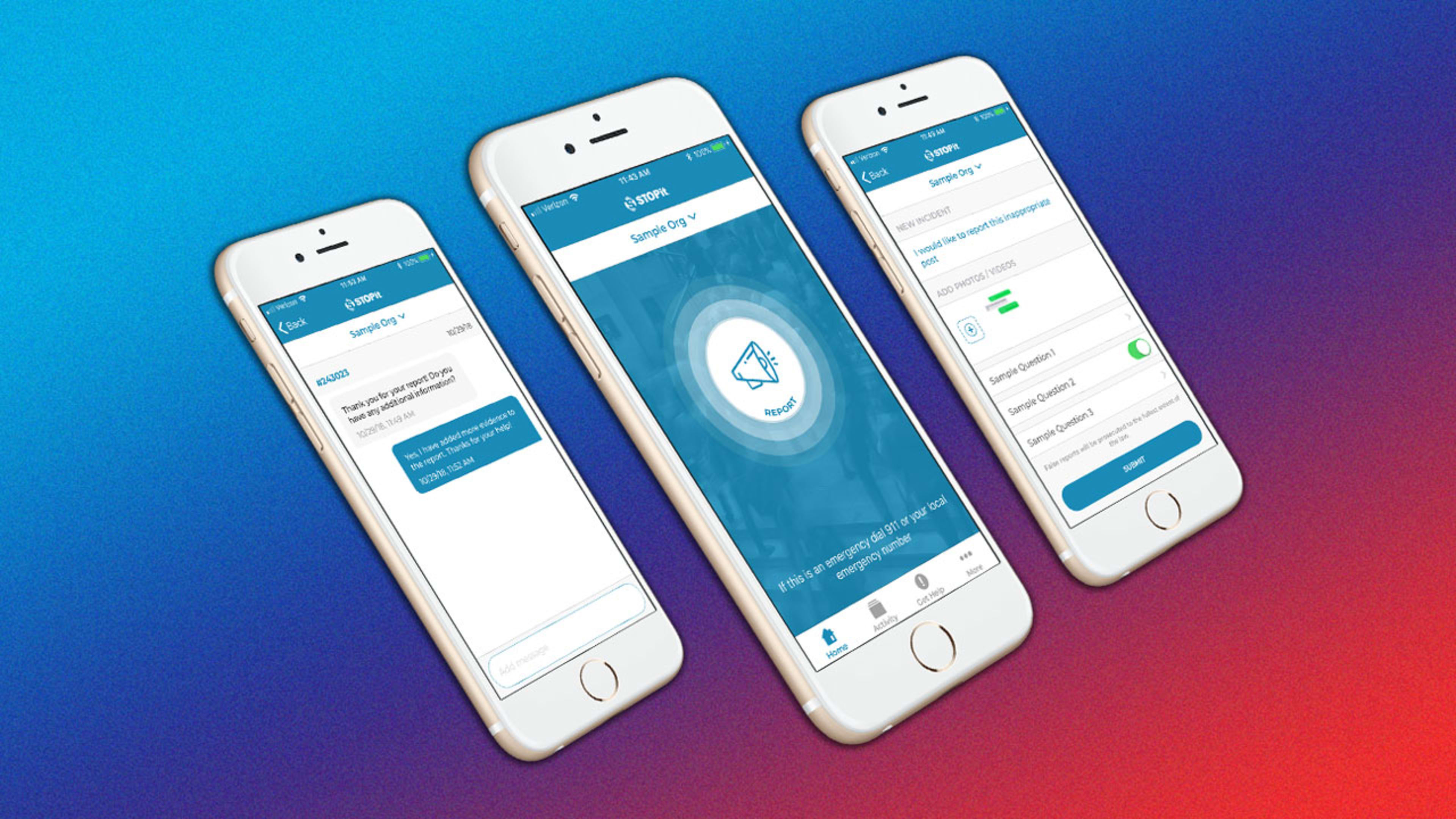Sexism, harassment, and discrimination in the workplace are issues that have been around as long as women have been in the workplace. The #MeToo movement exposed just how pervasive and commonplace it continues to be, and highlighted the systemic issues that leave those who experience it with little redress.
As more people continue to share their stories of harassment in the workplace, companies who have ignored the issue are seeing the repercussions. Last year, a public scandal involving one of its top leaders led 20,000 Google employees to walk out in protest over the way that the search giant dealt with sexual harassment and misconduct. When Nike leaders discovered the extent to which harassment was rampant in its workplace, six of its top executives left, as Liz Segran previously reported for Fast Company. Workplaces can no longer sweep the problem under the rug, at least to the extent that they might have been able to in the past.
What’s more, it has also resulted in the introduction of products and services that purport to solve the problem in the form of technology. These apps and platforms, in their own distinct ways, allow employees to report misconduct in the workplace without having to speak directly to anyone. In a way, they function like an employee hotline, but employees can describe their concerns via a messaging platform.
But to what extent have these apps changed the way that companies deal with workplace harassment, and how does that square to what the founders of these platforms themselves want to accomplish? Fast Company checked in with some of the brains behind four of these apps–STOPit Solutions, WorkShield, #NotMe, and Spot–along with attorneys and HR professionals for their insights.
Eliminating the fear of reporting
When it comes to preventing harassment in the workplace, most of the individuals we spoke to agreed that most companies fail on two fronts–creating an environment where employees feel comfortable reporting any incidents of harassment or discrimination, and having an effective process to hold the perpetrators accountable. Many of the apps are especially focused on tackling the former. “I would say for sure, the largest obstacle we have is that people are afraid to report,” says Neil Hooper, the chief operating officer of STOPit. Many employees fear retaliation from the employer, and they’re afraid of losing their jobs, according to Jared Pope, HR law attorney and founder of WorkShield.

Pope, however, believes that to eliminate the fear of reporting, you need to take out the employer from the equation. Unlike STOPit, a report doesn’t go to company personnel, it goes to WorkShield representatives who are attorneys, HR professionals, and workplace experts. The WorkShield rep works it out with the employees, conducts the investigation, talks to the parties involved, and recommends a course of action to the employees. “If you [only] focus on removing the fear,” Pope says, “you’re only going to solve parts of the issue.”
Of course, there is a limit to anonymous reporting. Both Hooper and Pope acknowledge that without identifying details, it’s very difficult to take action. Sheila Willis, labor and employment attorney at Fisher Phillips, tells Fast Company, “If it’s just an anonymous aggregation of information, then [they] don’t have the tools that they would need to do an investigation. If the employers don’t know all the details, they might not be able to remedy the solution.” And if the employers don’t take action, Willis says, “then that might lead an employee to feel like the process has no teeth and can’t rely on it.”
On increasing awareness and inciting a sense of urgency
Many of the app founders we spoke to argued that the introduction of these platforms have forced companies to engage with the issue and do something to address harassment, misconduct, and discrimination in the workplace. From a company standpoint, litigation is extremely costly and time-consuming. And as Pope points out, “You also have this dynamic that unemployment is at an all-time low, it’s super easy [now] to go and find a different job.” If an employee doesn’t like the company culture, “Guess what? They’re leaving.”
That being said, others believe that it’s not the platforms themselves, but the social conversation that led entrepreneurs to build these platforms in the workplace. Willis tells Fast Company, “I wouldn’t say that it’s the apps on their own. I think the overall #MeToo [movement] and social consciousness around harassment has really changed the conversation in the workplace.”
Many of the apps solve only one part of the problem
For Julia Shaw, the cofounder of Spot, the emergence of apps and different platforms illustrates the willingness and desire for companies to try various solutions that prevent misconduct and harassment in the workplace. Shaw isn’t fazed by the increasing number of potential competitors in the market; in fact, she sees it as a positive. “The more companies try to tackle different routes of harassment, the better. The biggest thing that has happened is that people are trying different approaches. We’ll see over the next decade what works.”
Shaw admits, “We can’t fix every part of the problem, we can only fix parts of it.” For Spot, that focus is on the quality of evidence that complainants put forward. Spot allows users to record entries of misconduct, and what will follow is a series of questions from a chatbot. The questions, she previously told Fast Company, are “open-ended” and developed by scientists responsible for helping police extract truthful “accounts of important life events.” At the end of it, the user gets a report that constitutes a series of time-stamped entries, which they can either download as a record or send to their manager. Spot doesn’t rely on the company to install its platform, but rather allows an individual to send an email from Spot’s servers so that those who want to stay anonymous can do so.
She tells Fast Company that she observed the need for this based on her work as a memory scientist. “I spent a lot of time researching memory errors. When you have professionals who probably aren’t trained in memory, having to guide people to record and remember really difficult events . . . they’re not going to be as neutral as a tool that is built to be neutral.”
Large-scale change needs to come from company leaders
Ultimately, most of the app creators acknowledge that any change in widespread company culture needs to happen within the company. LeBaron Meyers, an executive of the reporting app #NotMe, says that it’s up to companies to illustrate their employees that they will do the right thing and not retaliate when an employee reports misconduct. Only then, she says, will employees come forward.
Johny C. Taylor Jr, president and CEO of the Society for Human Resources Management, tells Fast Company that unless senior leaders make it clear to employees that the company will act appropriately when they become aware of a violation, employees will continue to err on the side of not reporting. “I spoke to one woman who encountered sexual harassment early in her career, decided not to report it to HR, although she knew there existed a mechanism to do so. Now, 10 years later, she reflected back on that incident and her decision not to report it to HR, and still believes that not reporting it was the best decision for her career. These are stories that HR unfortunately hears often, and no app is going to solve that, even if it’s truly anonymous. It comes down to fixing company culture to the best of our ability.”
However, the app creators are hopeful that with the current climate, companies who ignore their responsibilities to prevent and deal with harassment in the workplace will face the consequences. Willis says that while some companies will adopt these tools out of fear of future liability, she is seeing a much more proactive attitude from companies that she works with to make active changes in their culture.
Shaw tells Fast Company, “I think you’ll be in deep denial if you still didn’t accept the fact that harassment is common in a lot of industries. If your culture sucks, it’s going to affect the bottom line.”
Recognize your brand’s excellence by applying to this year’s Brands That Matter Awards before the early-rate deadline, May 3.
